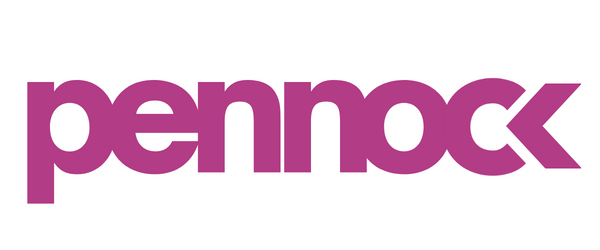What should my RFP for a Paid Ads Agency include?
Just like in hiring, dating, and networking, successful paid agency and brand relationships lie within the preparation. When we show up with a good framework, fresh guardrails, and charged to connect, we’re likely going to understand who jives with our needs better than when we’re not prepared or fully present.
Even if your approach doesn't involve the traditional route of issuing a formal Request for Proposal (RFP), drafting a well-defined RFP is a crucial step for brand marketers embarking on the journey of finding the right agency partner.
Here are some essential guidelines to consider when crafting your RFP
In the quest to establish a fruitful partnership, the collaborative efforts between your organization and your chosen agency will ultimately determine the level of success achieved.
Your RFP should serve as a comprehensive introduction to your organization, outlining the services you require and providing insights into your current performance levels. Clearly articulating your goals, objectives, and any constraints will enable respondents to craft realistic proposals tailored to your needs.
When formulating your RFP, it's essential to pose relevant and insightful questions that yield valuable feedback. Avoiding irrelevant or inappropriate queries ensures that the focus remains on the project and potential partnership at hand.
Maintain a friendly and engaging tone throughout the RFP, avoiding obscure or technical language that may hinder comprehension. The clarity of your communication will directly impact the quality of responses received. Additionally, strive to keep the RFP concise to capture the attention of potential partners effectively.
Here's a structured template for your RFP:
Company and Brand Background
Project Overview
Project Targets and Key Performance Indicators (KPIs)
Current Performance Benchmarks
Budget
Agency Expectations
Critical Requirements and Roadblocks
Project Timetable
Future Developments
Resource Availability
Relevant Questions
RFP Selection Criteria
How to Obtain Further Information
Each section of the template offers guidance on what to include, allowing for scalability based on project scope and complexity.
By presenting a transparent and compelling RFP, you invite genuine and enthusiastic proposals from agencies eager to collaborate with your organization. Openness about your business, goals, and aspirations ensures that responses align closely with your vision, facilitating the selection of the ideal digital marketing partner.
